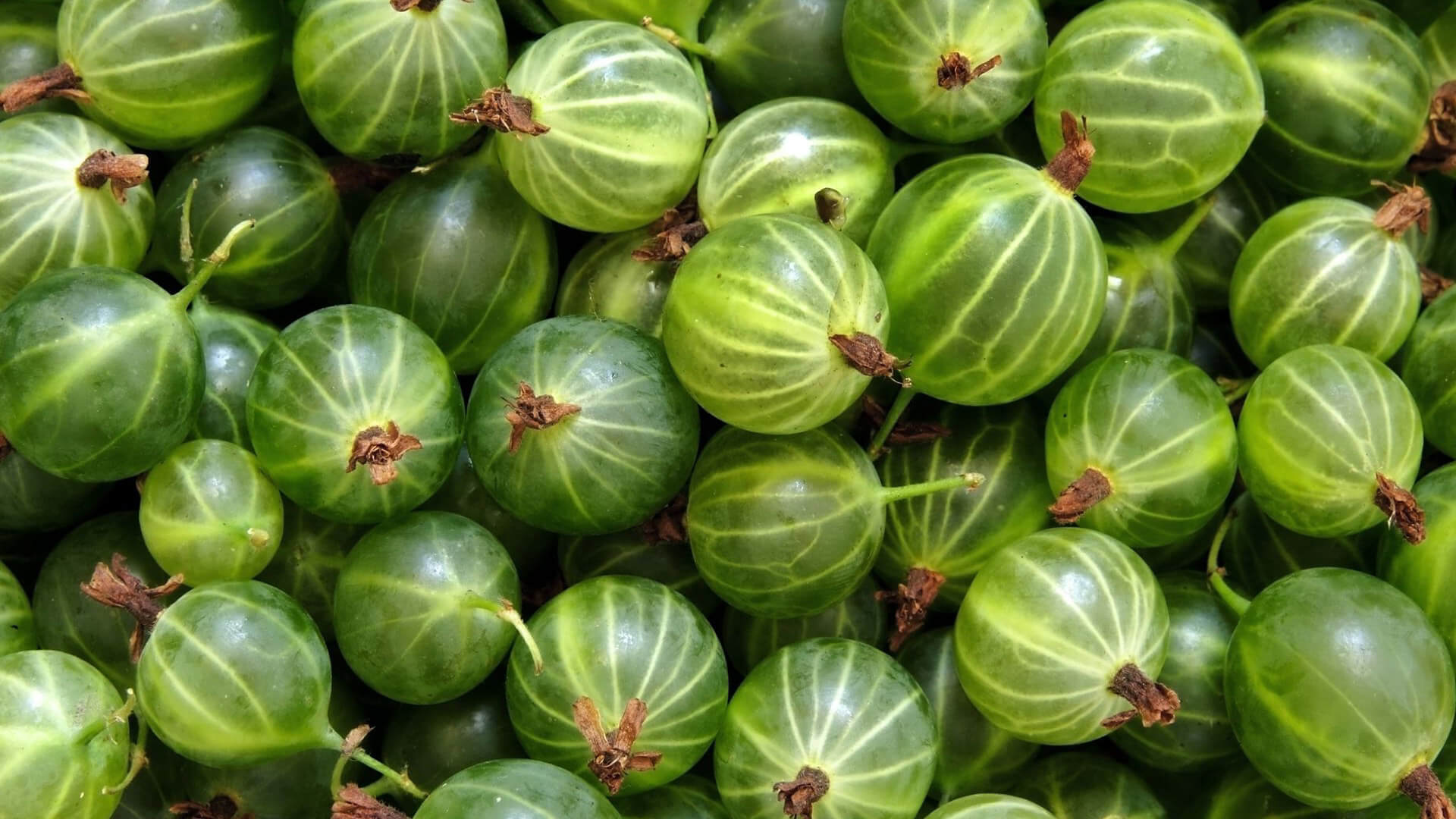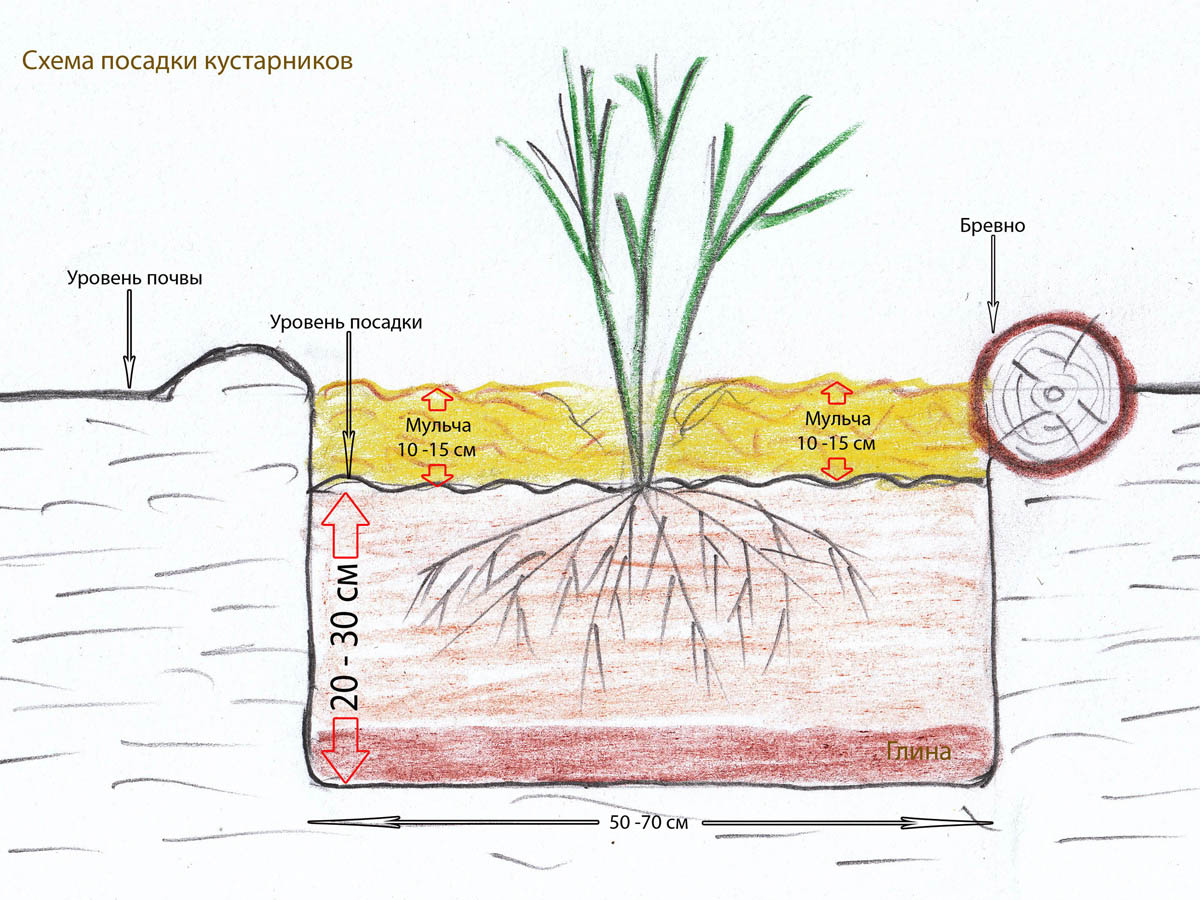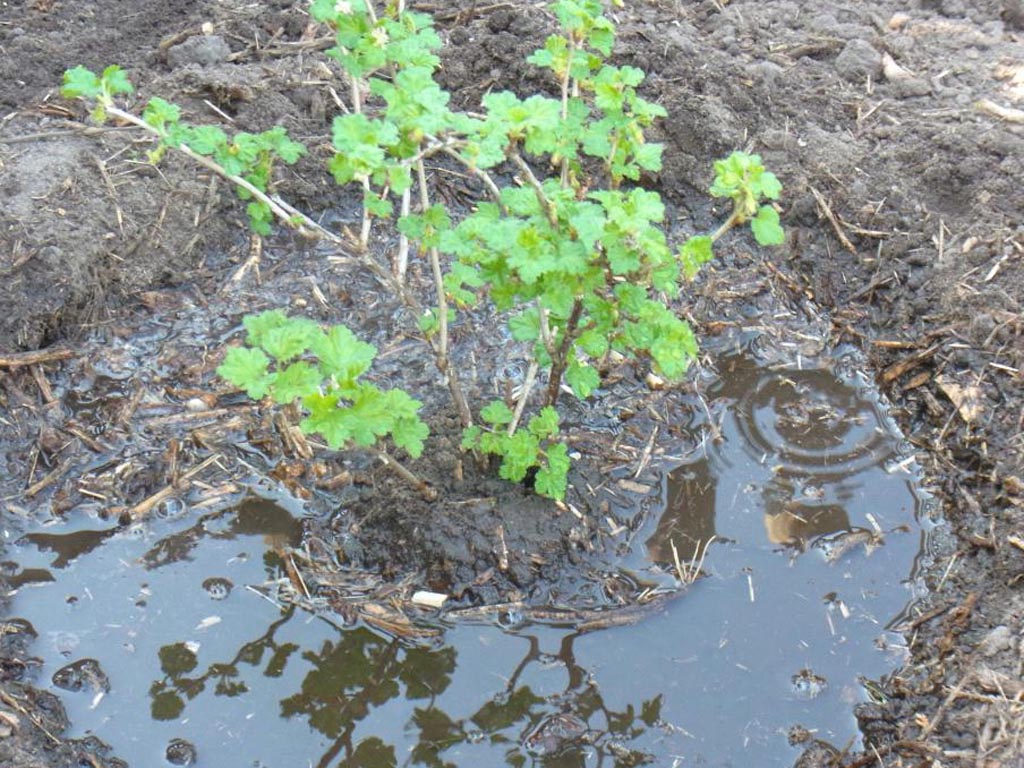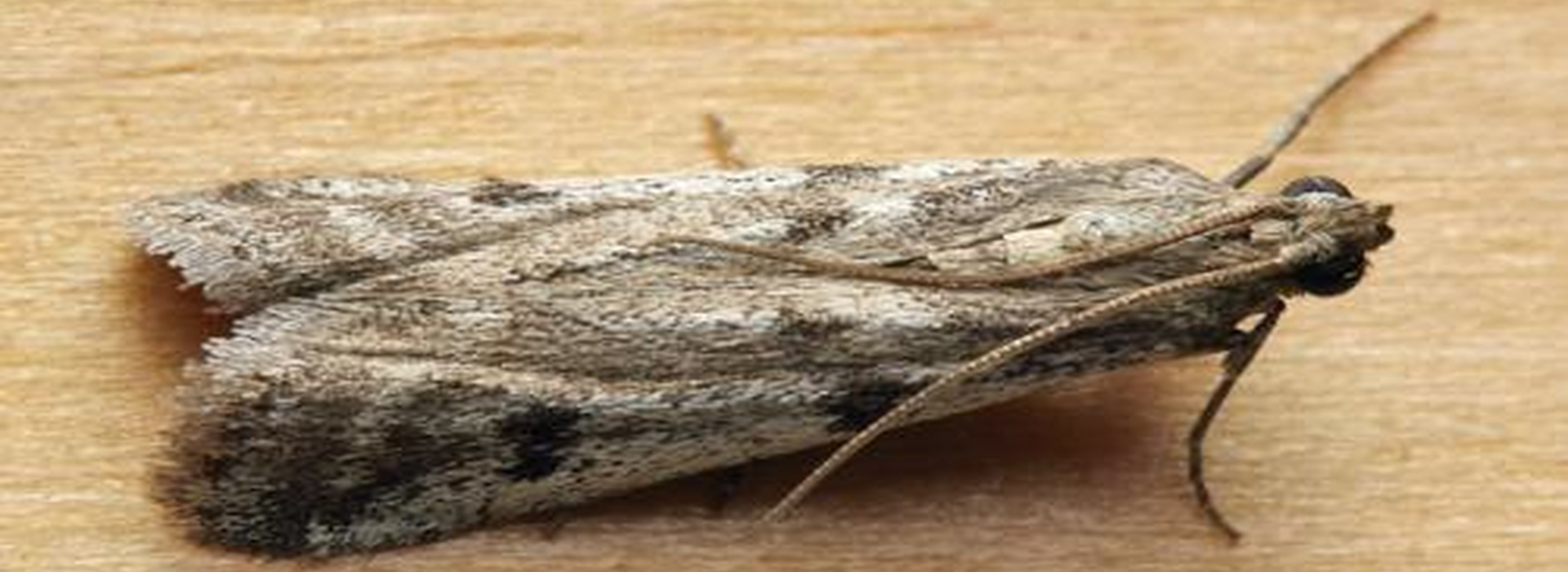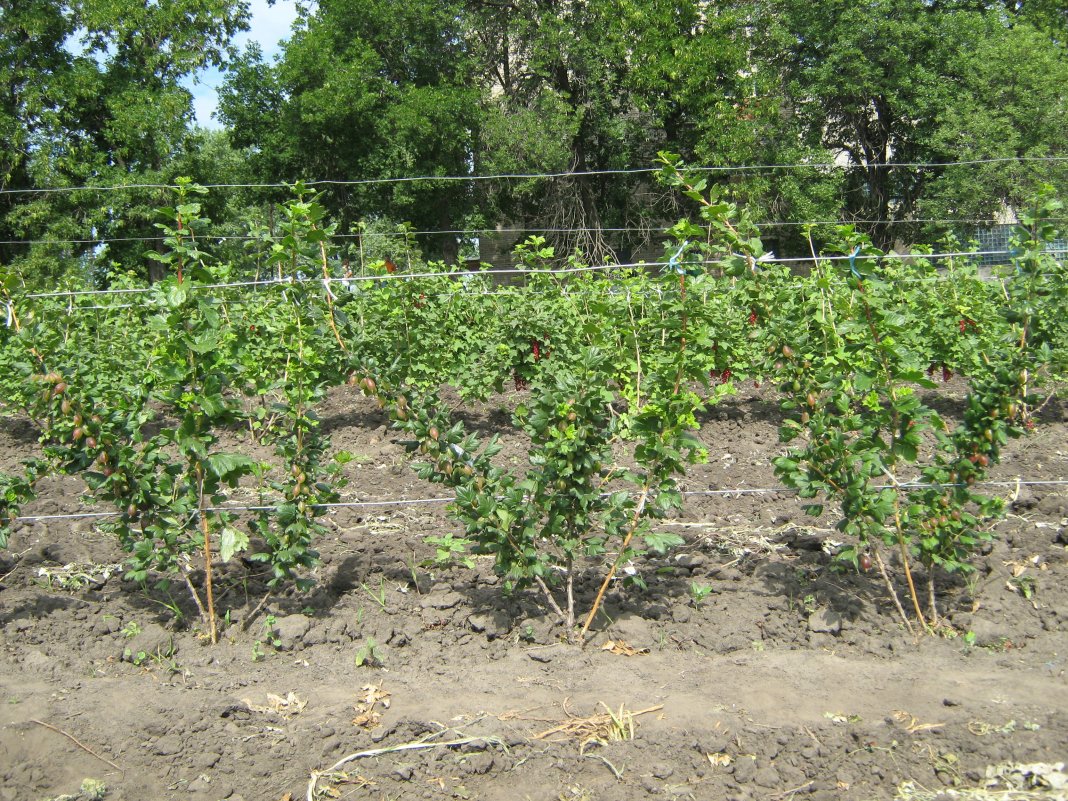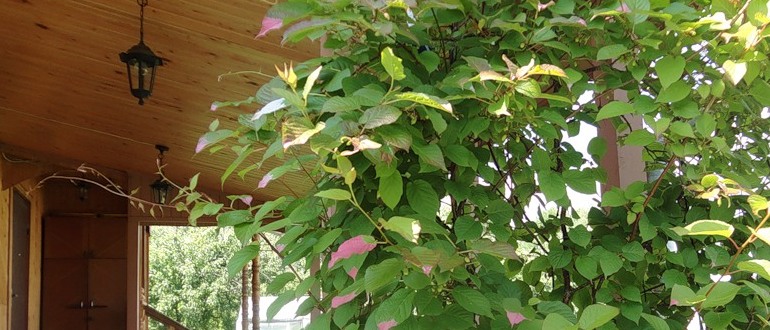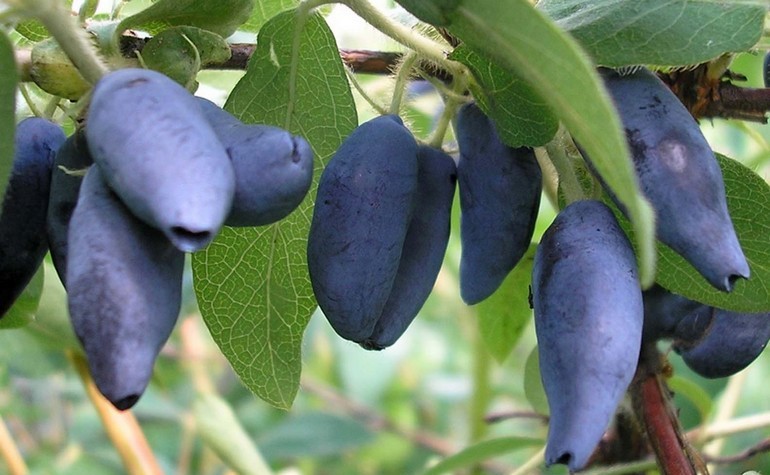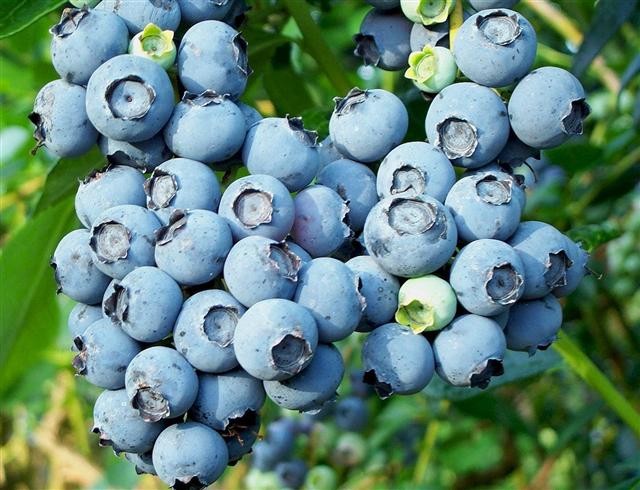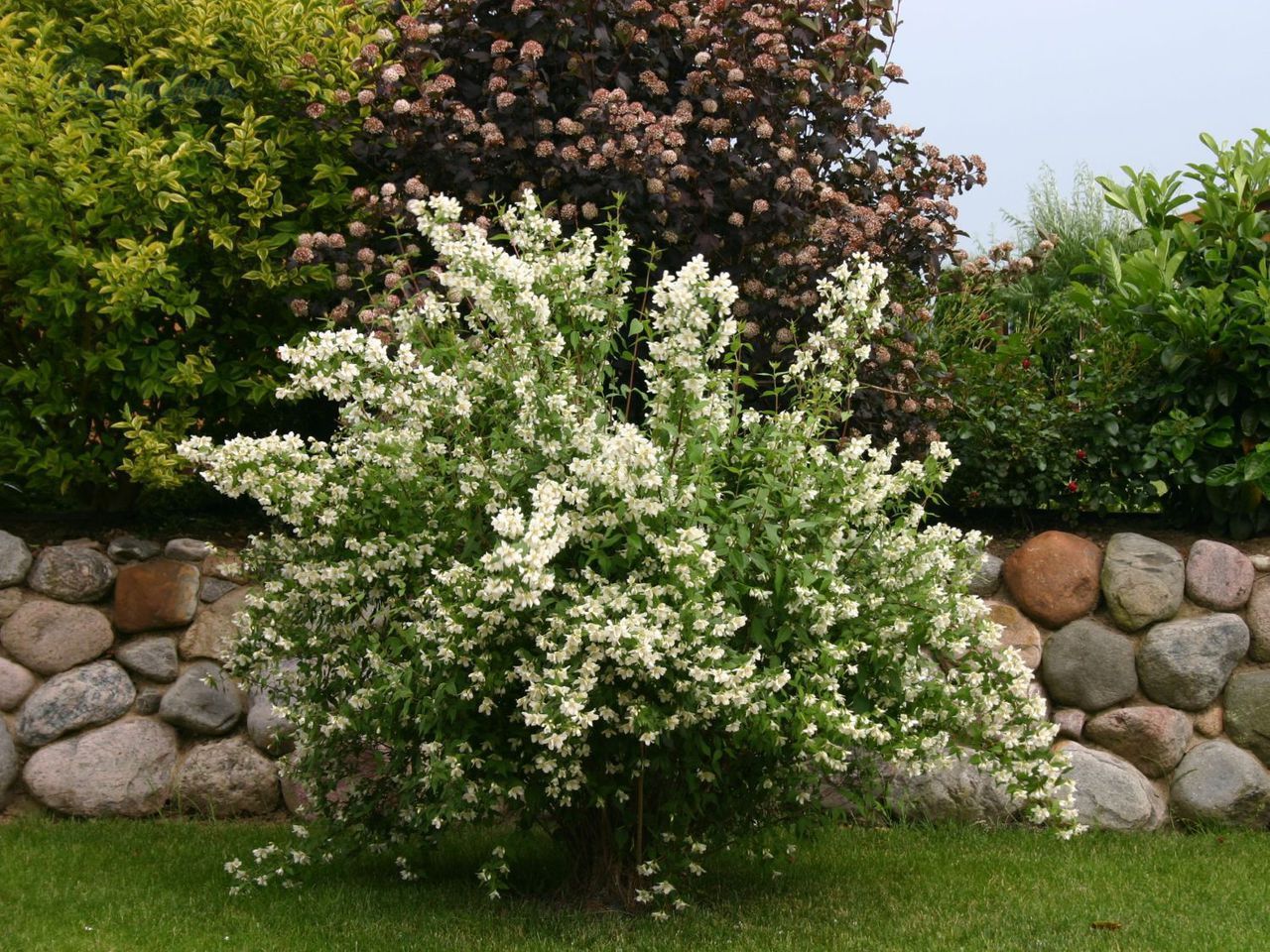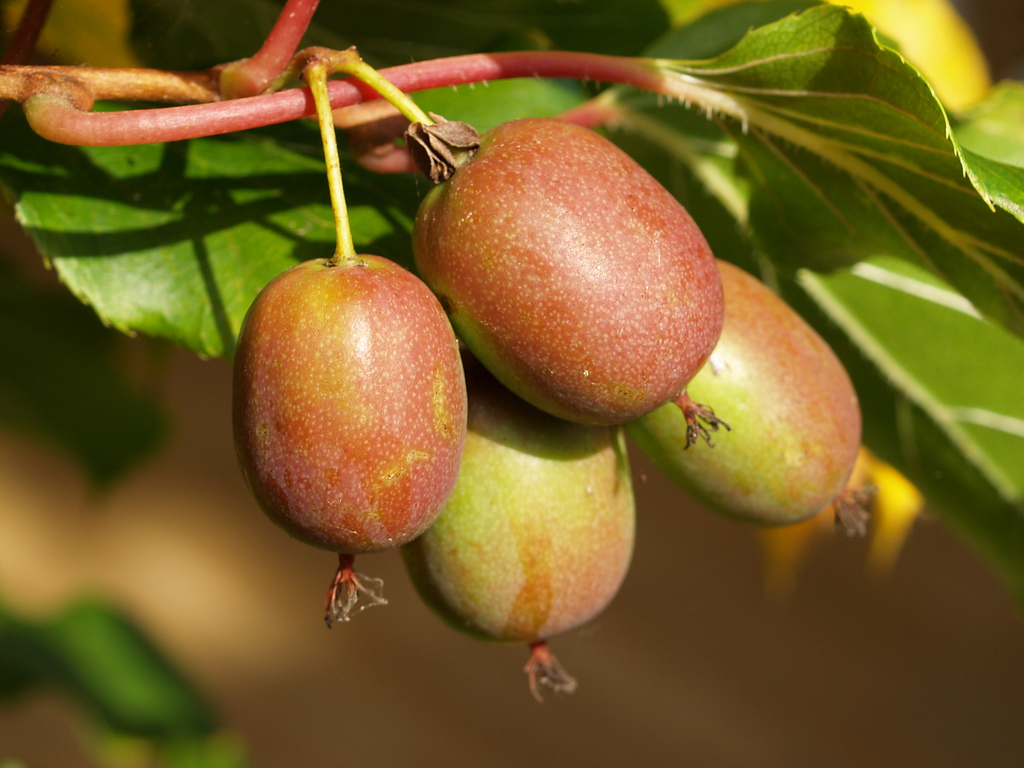Content:
Is there a garden that doesn't have at least one gooseberry bush? This berry captivated the hearts of all gardeners in the world, first of all, with its productivity. Many people want to grow it in their garden. If the bush is properly looked after, then it will bear fruit for twenty, or even forty years.
Characteristics and features of culture
Gooseberries have been known to gardeners for many years. Back in the nineteenth century in Altai this shrub was called an unusual word for us "bersen". And in the area of the upper part of the Yenisei River, it was called "kryg-bersen" or "kryzh-bersen". Subsequently, it was from here that the name "gooseberry" came from.
Even the famous Beresnevskaya embankment got its name from this plant. Because there was a palace garden nearby, in which there were many gooseberry bushes. This shrub was first mentioned in 1536, and already in 1548 the first picture of a gooseberry appeared.
Gooseberries came to our region from Western Europe and Africa.
In most cases, it can be found as a wild plant, it lives in the vastness:
- The Caucasus;
- Ukraine;
- Transcaucasia;
- Asia;
- Europe;
- African
- America.
Gooseberry is a short bush that reaches only a meter or meter and twenty centimeters. Depending on the variety, it has a dark gray or dark green crown. On the branches there are tripartite thorns and leaves growing from the axils of thorns. Young shoots can be distinguished by the presence of thorns and small black dots.
The shrub blooms in May. Its flowers are located in the axils of the thorns and are green with red. Berries can be round or oval in shape, the length of which reaches 12 millimeters. With proper care, it can grow up to 30 or even 40 millimeters. The surface of the fruit can be bare or bristled. But what distinguishes the gooseberry berry from others is the presence of veins on the surface of the berry. Their color can be different: green, yellow, purple. Harvested in August.
The berries of this plant are widely used in cooking. They are prepared from:
- jam;
- jelly;
- confiture;
- compote;
- jelly;
- marmalade;
- filling for sweets;
- wine.
In addition, the berries can be dried or ground with sugar. It is also used in medicine. This is a good remedy for obesity. In addition, gooseberries are an excellent diuretic, choleretic and laxative. Therefore, the cultivation of this plant is very popular.
TOgooseberry planting and care
Gooseberries are very picky about the place they grow on. He loves to be in a well-lit area, and therefore, in the shade, he will not give the harvest that is expected of him. Also, the soil should not be too wet. This can lead to bush disease. The root collar begins to rot, as a result of which the bush simply dies. The same goes for heavy soil types such as clayey.
Before planting and growing gooseberries, you need to prepare the soil. For this, the site is dug up, weeds are removed, especially if wheatgrass is growing. Cultivation is carried out with a pitchfork, rake, or simply by hand. Next, you need to follow the step-by-step instructions for the gooseberry bush, how to plant and care for this plant, it is described below in detail.
The pit must be properly prepared for planting, depending on the type of soil. If the soil is sandy, it is recommended to pour a small amount of clay on the bottom.The layer should be at least five centimeters. For loamy soil, you need to pick up river sand or gravel.
Fertilizers must also be applied to the soil:
- humus;
- manure;
- compost;
- urea;
- potassium chloride;
- superphosphate.
It is best to plant gooseberries in the fall, from September to October. During this time, he will have time to put down roots before the onset of cold weather. If you prefer to plant a bush in the spring, then this should be done before the buds begin to bloom on the branches.
If you plan to multiply several gooseberry bushes, then the distance between the bushes should be at least one and a half meters, and the rows should be at least two meters apart.
During planting in open ground, the roots are carefully straightened, and the plant itself is slightly tilted. The earth near the bush is compacted. After all these procedures are done, the seedling must be watered. This will require at least one bucket of water. Then mulching is done, for which peat or humus is used. After planting, the gooseberries must be trimmed so that only four buds remain on the stump.
The gooseberry requires care and cultivation according to all points of the instruction, only in this case he will thank the gardener with a high yield. First of all, the shrub must be rid of weeds. In addition, you cannot do without watering, pruning and feeding.
Features of spring care
When planting and caring for gooseberries in spring, it is very important to loosen the soil at the base of the shrub, weed and fertilize. They loosen the soil with a shovel or pitchfork, while trying not to damage the root system. Since the roots of the shrub grow along the perimeter of its crown, it is in this area that soil loosening should be shallow, no deeper than seven centimeters. You also need to know how to tie gooseberries in the spring so that they look beautiful in the garden.
To do this, use:
- 10 kg of rotted manure or compost;
- 80 g superphosphate;
- 40 g of saltpeter;
- 20 g of potassium chloride.
It is necessary to heal the bush twice a year. The first time is after it has faded. Thanks to this, the shoots will begin to develop intensively, and top dressing also affects the yield. The second time fertilization should be applied immediately after the entire crop has been harvested. In this case, the bush will have the strength to prepare for fruiting next year.
When the bush is four years old, pruning will be added to the care and cultivation of gooseberries. They do it in order to form a bush and remove all dry branches, weak shoots. In addition, root shoots are removed. When pruning, you shouldn't regret branches that are more than seven years old. The most fertile are the branches that are three or six years old.
Since gooseberries are often attacked by pests such as moth, aphids and sawflies, it must be treated with karbofos, biological agents against pests, or infusion of wood ash. The shrub is processed during its flowering period. If the pests have reappeared, then the second treatment should be done after flowering.
In the case of gooseberry disease (powdery mildew), it must be treated with a solution of baking soda and ferrous sulfate. The bush is treated with this substance at the first signs of the disease.
Summer care
Since the gooseberry loves its roots to constantly breathe, it is necessary to loosen the soil in the summer. In addition, weeds are removed along with loosening. This is necessary so that moisture does not accumulate at the root neck. In addition, during this period, pests begin to multiply in the thickets of weeds.
Preparing in the fall for winter
Do not think that after harvesting the gooseberry caring stops. Quite the opposite. It is at this time that the future harvest is laid, so you need to know how to prepare gooseberries for the winter.
During this period, it is necessary to carry out the following series of works:
- Remove all weeds from under the bush completely. Also, collect all fallen leaves and burn. Thus, you will protect the shrub from diseases, the viruses of which can develop in weeds and fallen leaves;
- Treat the shrub with drugs that prevent the development of diseases. Fundazol will save gooseberries from rust and anthracnose, and Topaz from powdery mildew;
- Watering is also needed in the autumn. Thanks to him, the roots will become stronger and will be able to winter calmly;
- Loosening and feeding is also important for gooseberries in the fall. Since it is this top dressing that becomes the foundation of the future harvest. At this time, phosphates and potash fertilizers need to be applied. And when the cold comes, just before the frosts, the root system must be insulated with peat or humus. Cover with a layer of at least ten centimeters;
- Finally, you need to prune the branches. It is necessary to remove all branches that have been damaged, weak and thin, those that practically did not bear fruit. After the autumn pruning, only the strongest shoots remain. They will be the ones who will harvest next year.
Many do not know how to ennoble a gooseberry. To do this, you need to correctly form the crown. First of all, you need to know which branches you need to prune and how. Since spring pruning can harm the shrub, it should be done in the fall. In this case, the branch is cut in such a way that a bud remains on its inner side. In the spring there will be a new escape from it.
Knowing how to tie a gooseberry can turn it into a small tree. In addition, correct pruning is important here. To make the tree strong and beautiful, choose the healthiest and strongest shoot. The rest of the shoots are removed. The branch must be tied to the stake, otherwise it may break over time from the weight of the berries.
The trellis method of growing a plant will help not only to get tasty berries, but also to form the bush correctly. Before you fence the gooseberry, you need to plant it in a row, so that later it will be convenient to put up a fence, for which you will need support pipes and wire, to which the branches will be attached. In this case, only three or four of the strongest branches are selected, the rest are cut off. After the bush is formed, it is looked after as a regular gooseberry bush.
Lovers of this berry need to know that this plant will thank you only if it receives proper care throughout the season. The shrub only in winter does not require any attention from the gardener.
